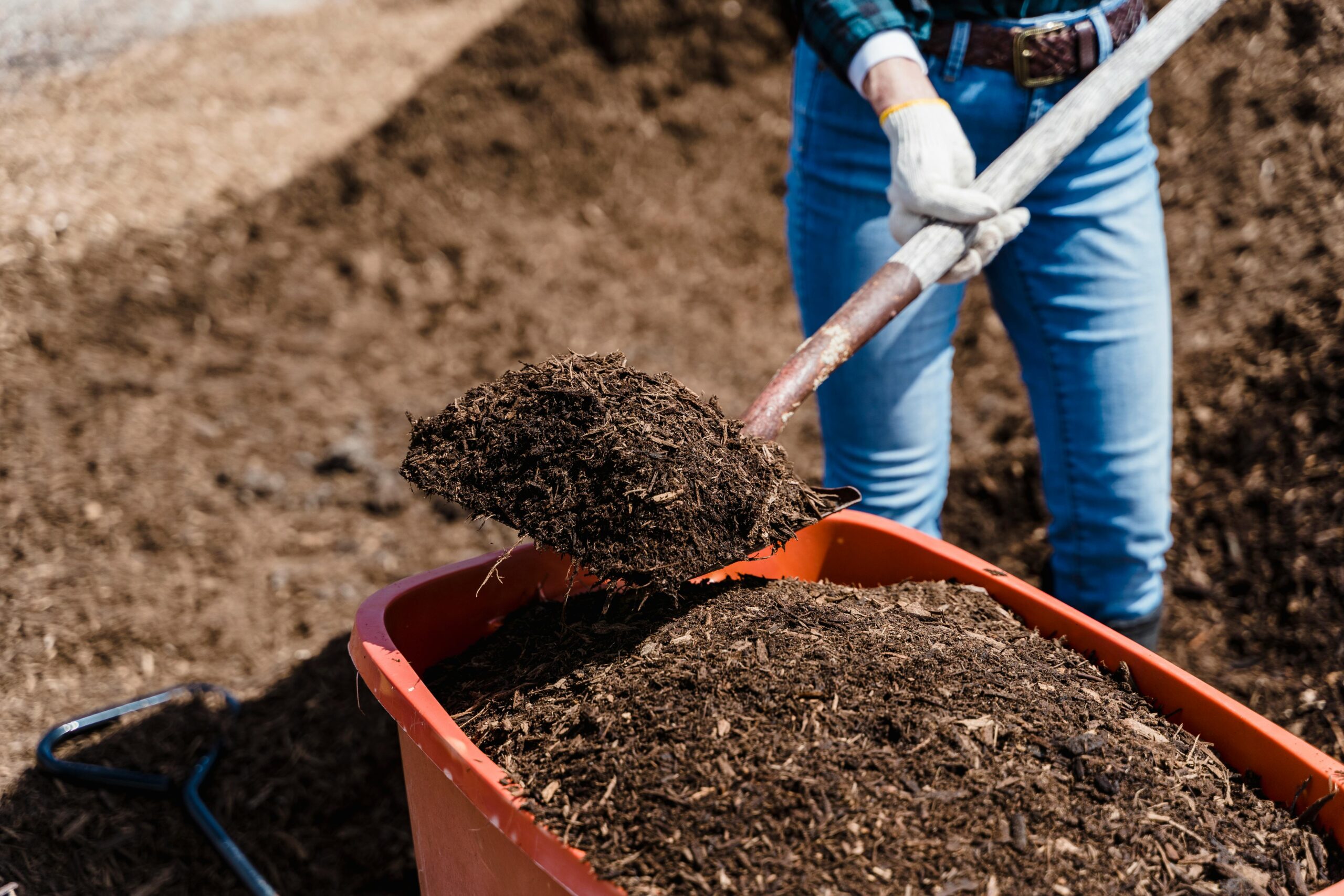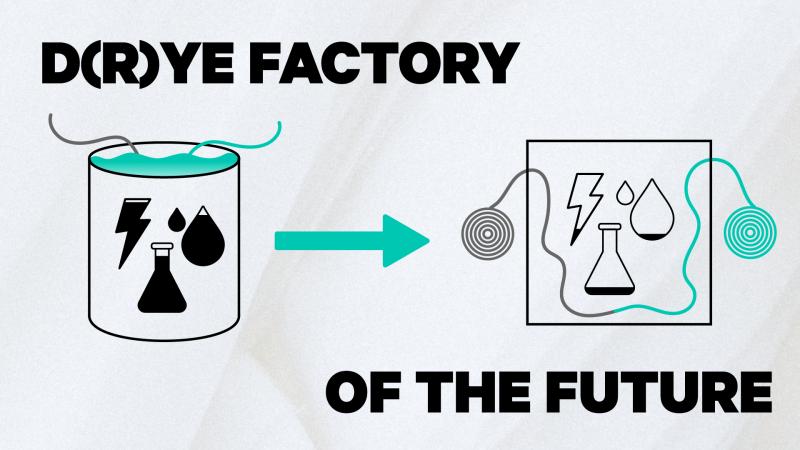In Conversation with Bananatex: From Bananas to Backpacks
Image by Bananatex
5 September 2024
Can you tell us about Bananatex how it started, and what the organisation does?
Bananatex® is a plastic-free, circular, and future-proof textile alternative made entirely from 100% banana fibres. It is the result of a multi-year development collaboration between the Swiss bag brand QWSTION and two Taiwanese yarn and weaving experts.
When we founded our brand in 2008, we made a deliberate decision to use natural materials in a world dominated by plastic. In addition to cotton, we incorporated linen and hemp into our products, including backpacks and tote bags. Over time, we became increasingly involved in material development, largely because there were few plant-based alternatives available on the market.
In 2015, we began exploring the potential of the world’s strongest plant-based fibre: banana fibre, derived from a species called Musa textilis, or “abaca.” After unveiling the first Bananatex® products at our 10th-anniversary event, we decided to “open source” the innovation, allowing other brands to use it and helping to scale the positive impact. After all, there can be no significant impact without scale.
What problem is your innovation solving and how does the technology work?
Bananatex® is cultivated within agroforestry environments and does not require the use of agricultural land. It grows without the need for chemicals, fertilisers, or any water beyond rainfall. This provides thousands of smallholder farmers with a safe and healthy source of income, and the plant plays a valuable role in permaculture reforestation programmes, thriving alongside other plants and trees. As a result, it is highly scalable and has the potential to restore biodiversity to many tropical regions across the globe.
The fibres are processed into pulp, which is then transformed into paper. The paper strips are twisted into yarn, which is subsequently woven or knitted into textiles.
What have been the biggest successes so far?
It took us three years to develop the concept into our first product, a backpack. Of course, that was a pivotal moment in our journey. However, sharing the innovation with other brands and industries has allowed for a much wider reach and impact. Now, seeing bags, footwear, furniture, and other products from major brands like BALENCIAGA, Stella McCartney, COS, and MCM is a significant next step towards our ultimate goal: creating as much positive change as possible.
What role does collaboration play in bringing innovations to scale?
Everything related to Bananatex®, from the farming programmes to the processing with our highly specialised experts in Taiwan, to the development of products with major brands, is rooted in collaboration. History has shown that cooperation is more successful than competition, and we feel that many innovators and brands are now moving in that direction. Of course, it requires a willingness to change and to question existing processes and habits, which remains a challenge for many brands. However, examples show that it can be achieved, even on a significant scale. That said, we must be realistic: this transition will not be easy for many existing business models.
How has Fashion for Good played a role in your journey so far?
We’ve had several touchpoints with Fashion for Good and were fortunate to showcase some of our products in their Amsterdam museum. We were also selected for one of their development programmes, which provided an excellent platform to explore new methods of manufacturing Bananatex® knits in collaboration with a major player in the fashion industry.
What’s next for you?
We are currently working on developing various new constructions of woven and knitted textiles, along with new finishes, natural dyes, and other innovative methods for applying pigments—often in collaboration with other pioneers and startups. At the moment, we are also developing Bananatex® denim, and there are several exciting projects with different brands in the pipeline. We hope to see many of these projects in the market soon.
Other Articles

In Conversation with Spinnova: From Wood Pulp and Waste to a Natural Fibre Alternative Without Harmful Chemicals or Dissolving

The Home Compostable Polybag Project

